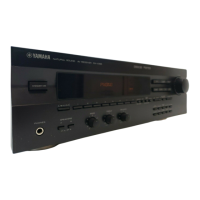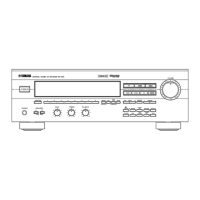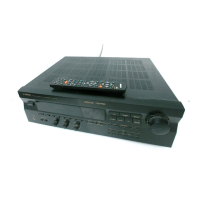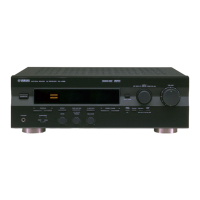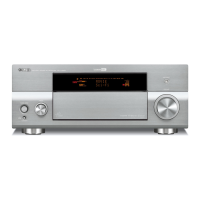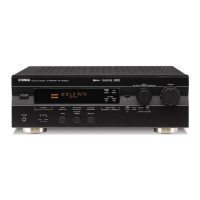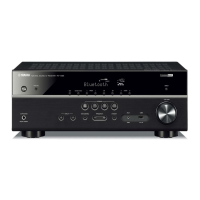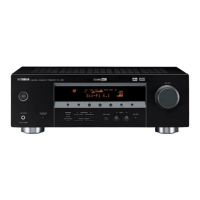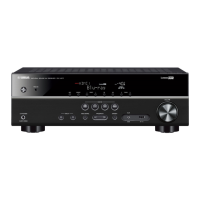Why no sound from rear speakers Yamaha RX-V395RDS?
- VvfloresSep 10, 2025
If there is no sound from the rear speakers of your Yamaha Receiver, raise the sound output level to the rear speakers. If you are playing a monaural sound source in DOLBY PRO LOGIC or DOLBY PRO LOGIC ENHANCED mode, select another program suitable for the monaural sound source.
